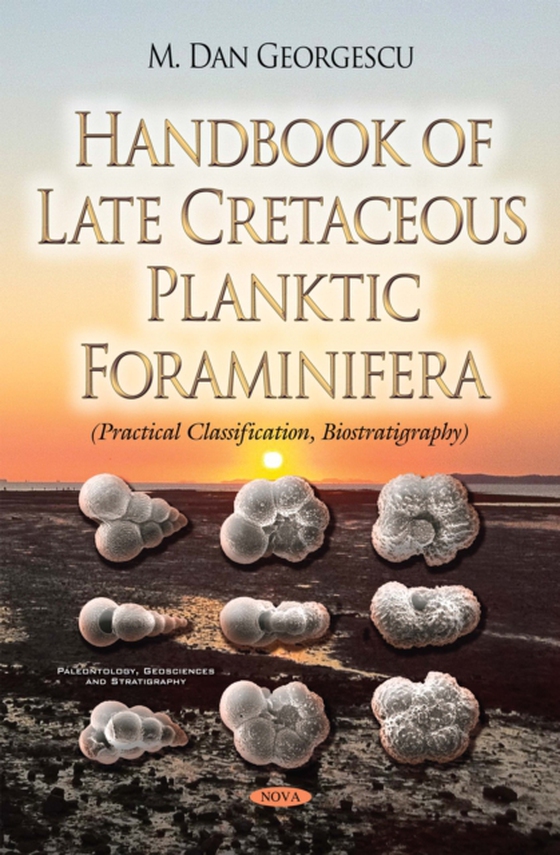
Handbook of Late Cretaceous Planktic Foraminifera (Practical Classification, Biostratigraphy) e-bog
2921,57 DKK
(inkl. moms 3651,96 DKK)
Developing the evolutionary history and classification in the planktic foraminifera of the Late Cretaceous age also led to the proliferation of taxa names and an unprecedented expansion in terminology. This new data is spread out over several tens of articles published in international journals and books. Handbook of Late Cretaceous Planktic Foraminifera (Practical Classification, Biostratigrap...
E-bog
2921,57 DKK
Forlag
Nova
Udgivet
1 maj 2018
Længde
341 sider
Genrer
Palaeontology
Sprog
Format
pdf
Beskyttelse
LCP
ISBN
9781634836067
Developing the evolutionary history and classification in the planktic foraminifera of the Late Cretaceous age also led to the proliferation of taxa names and an unprecedented expansion in terminology. This new data is spread out over several tens of articles published in international journals and books. Handbook of Late Cretaceous Planktic Foraminifera (Practical Classification, Biostratigraphy) brings a variety of this data into the practical field in a ready-to-use form. The species and genera of all the Cretaceous planktic foraminiferal groups are described and illustrated, and additional readings are recommended. Each species is dedicated to one of the 237 plates illustrated with high-quality scanning, electron microscope photographs. The large-sized illustrations are designed to allow the reader to connect quickly with the gross test architecture data with those pertaining to the wall ultrastructure, ornamentation, porosity and high detail morphological features of the test. Fossil material was collected from a variety of localities worldwide, but most of them are from sites in the Atlantic, Indian and Pacific Oceans. With higher than 95% of estimated coverage, the handbook is designed as a useful identification tool for a variety of professionals interested in using the Late Cretaceous planktic foraminifera. Revised stratigraphical ranges for all the 237 species are given in a chart calibrated on the classical Cretaceous Stage/Age scale in which the species are ordered by genus.
 Dansk
Dansk

